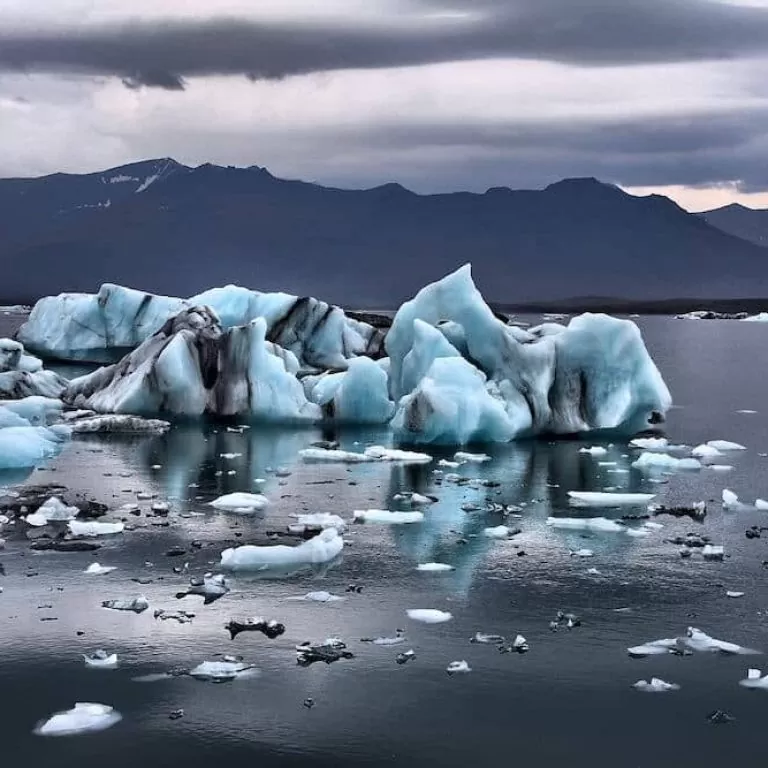
News Time-lapse yields many advantages for scientific study
Each subdivision of science can benefit greatly from time-lapse technology, whether looking at physical, social, logical or mathematic works.
With reference to several of its applications in these different divisions, we consider the various ways in which time-lapse is used to form testable explanations and predictions about the universe that aid advancements of scientific study.
Astronomy and geoscience
Time-lapse has become an invaluable means of investigation into the processes of change in our cosmos.
Such technology is essential aboard NASA spacecraft and space stations, to help record valuable data about certain phenomena on Earth, including changes in ozone, aerosol levels, atmosphere, cloud height, and climate.
Social media is also allowing space travel to be disseminated to a wider audience, as astronauts upload time-lapse sequences to Instagram, Twitter, and Facebook, garnering a burgeoning interest in this particular branch of science.
Natural sciences
For natural sciences, which focus on the physical matter of the universe, time-lapse is widely used to monitor material change, particularly over longer periods of time.
Concerns regarding global warming and its harmful, universal effects are becoming increasingly pertinent to natural sciences, as physical changes to landscapes are markedly noticeable.
Despite scientific evidence that proves climate change is unequivocal, it is still a heavily contested debate.
But as Mark Maslin (Professor of Climatology at University College London) argues, main lines of evidence for climate change, such as unprecedented increase in greenhouse gases, sea level rises, shifting weather patterns, and significant changes in the Earth’s climate system, are resolute signifiers.
Time-lapse is a major tool used by scientists to monitor some of these effects and to show that these are already apparent.
A project called the ‘Extreme Ice Survey’ documents changes to glaciers around the world. This recent article in The Washington Post contains a time-lapse sequence of the Mendenhall Glacier in Alaska retreating by 550 meters, more than 1,800 feet between 2007 and 2015.
The sequence literally shows the ice vanishing before your eyes in a matter of seconds.
And this video – a trailer for the award-winning documentary Chasing Ice – succinctly documents the various challenges and rewards of setting up long-term time-lapse rigs in the arctic, for the ‘Extreme Ice Survey’.
Photojournalist and founder of the project James Balog, responsible for taking the images for this survey, signals the importance of time-lapse in communicating the immediacy of climate change that may be missing from other scientific tools:
“I do think that our most dominant sensory apparatus is our vision… so when you can deliver an understanding of the reality of what’s going on through vision, rather than numbers or maps, that also has the ability to touch and influence people.”
Presenting visible markers of change over the course of days, months, and even years, time-lapse gives a more collective, more comprehensive view that is available through other visual tools such as satellite imagery.
Biology
Biological changes and astronomical movements are other areas of study which benefit from the acceleration of time enabled via time-lapse photography.
Intricate processes of certain natural organisms developing, and solar elements in constellation, can be made markedly visible to the naked eye.
Time-lapse has been utilised more recently in a study conducted by St. Jude Children’s Hospital, which examines the origin of blood stem cells during development. Findings from this study also provide clues for making ‘donor blood’ in laboratories, for therapeutic use.
A shortage of suitable donors for blood-forming cells, used in transplant therapies for cancers like leukaemia and blood diseases like sickle cell, limits access to bone marrow transplantation.
The time-lapse footage monitored on a long-term capacity to identify cells that trigger blood cell development. The knowledge collected from this study will go a long way to developing vital blood-forming stem cells, capable of making any type of cell in the body.
As these examples show, time-lapse is enabling various branches of science to go further than ever before.
At the very heart of some significant findings in contemporary research, the possibilities of application are myriad, evolving, and most of all, incredibly fascinating.